Cats are known for their mysterious and independent nature, but one area where they unmistakably express themselves is through vocalizations. Whether you are a seasoned cat owner or new to sharing your home with a feline friend, understanding what your cat is trying to communicate can enhance your bond and make cohabitating more enjoyable for both of you. In this article, we will delve into the fascinating world of feline vocal communications, teaching you how to differentiate between the various sounds your cat makes and what they might mean.
The Science Behind Cat Vocalizations
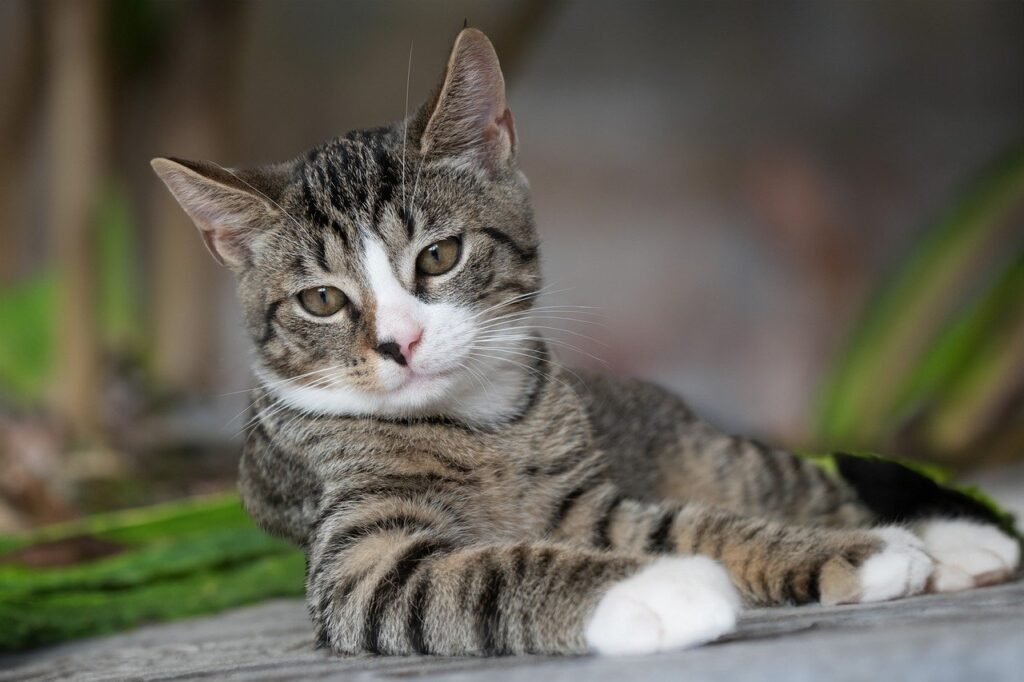
Cats are quite vocal animals, producing a wide array of sounds that each have specific meanings. The science of animal communication shows that cats use their voices not only to express needs and emotions but also to interact socially both with humans and other cats. Unlike many species, domesticated cats have developed their vocal repertoire specifically for communicating with humans, which makes decoding their sounds a fascinating exercise in cross-species interaction.
Common Types of Cat Vocalizations
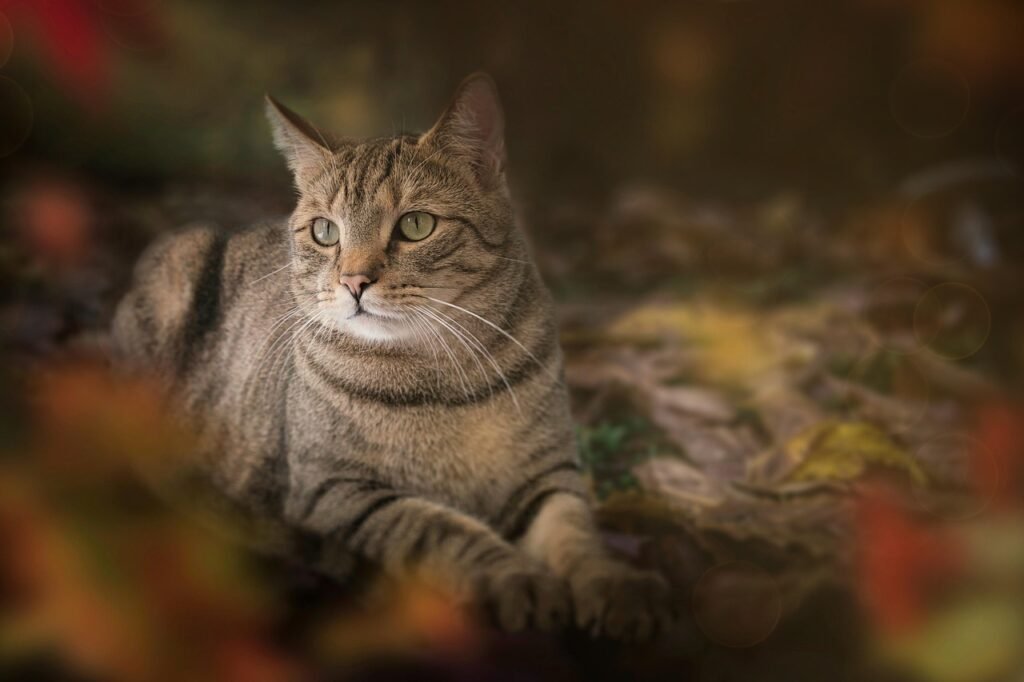
Cats have a range of sounds they can produce, and these are generally classified into several types. The main categories include meowing, purring, hissing, growling, chirping, and yowling. Each serves a distinct purpose, from seeking attention or food to expressing discomfort or warding off potential threats. Understanding these can help you respond appropriately to your cat’s needs.
Understanding the Meow
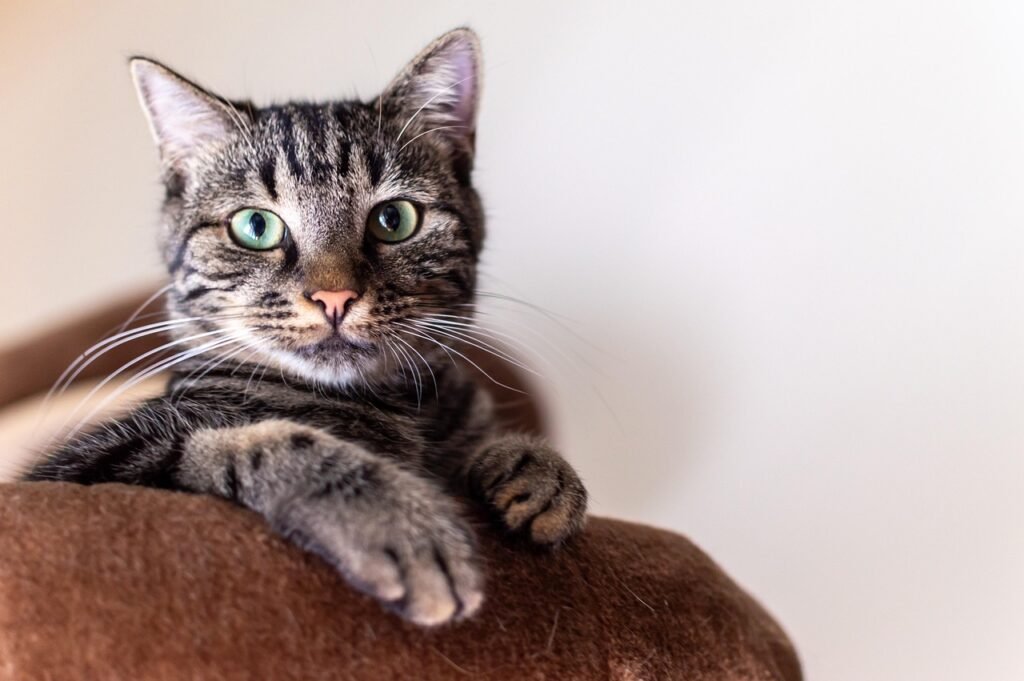
Meowing is the quintessential cat sound, yet it’s surprisingly complex. Cats do not meow to communicate with each other; rather, this behavior is reserved for humans. Within the realm of meows, there are variations in length, pitch, and frequency that all convey different messages. A high-pitched meow might indicate excitement, while a low-pitched one might convey dissatisfaction. Pay attention to the context in which your cat meows to gain insights into what she might be trying to communicate.
The Comforting Purr
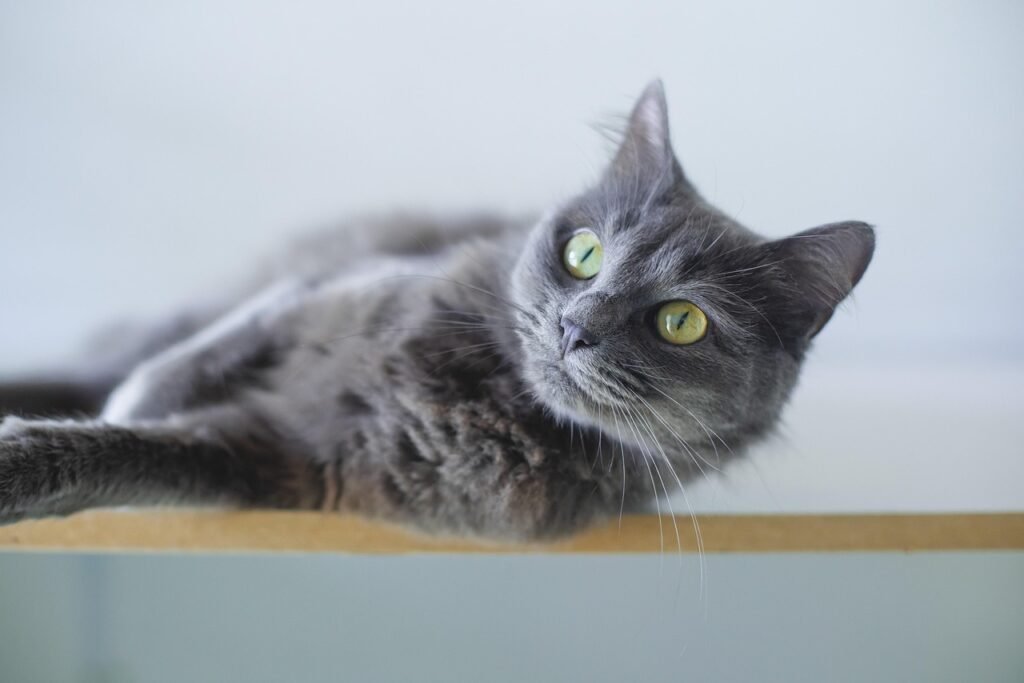
Purring is often associated with a cat being content, but it can also occur in times of pain or distress. The frequency of a cat’s purr has been known to have a calming effect not just on other cats but also on humans. Some researchers suggest that purring might also have self-healing properties, as it often occurs when a cat is injured. Listening closely to the volume and context will help you determine whether your cat is simply happy or might need some extra attention.
Deciphering Hisses and Growls

Hissing and growling are generally signs of a cat feeling threatened or scared. These sounds serve as warnings to humans and other animals to back off. A hiss might be accompanied by body language such as an arched back or bristled fur, while a growl could indicate a serious mood shift. Understanding these vocalizations can prevent misunderstandings and keep peace in the household.
The Intriguing Chirp
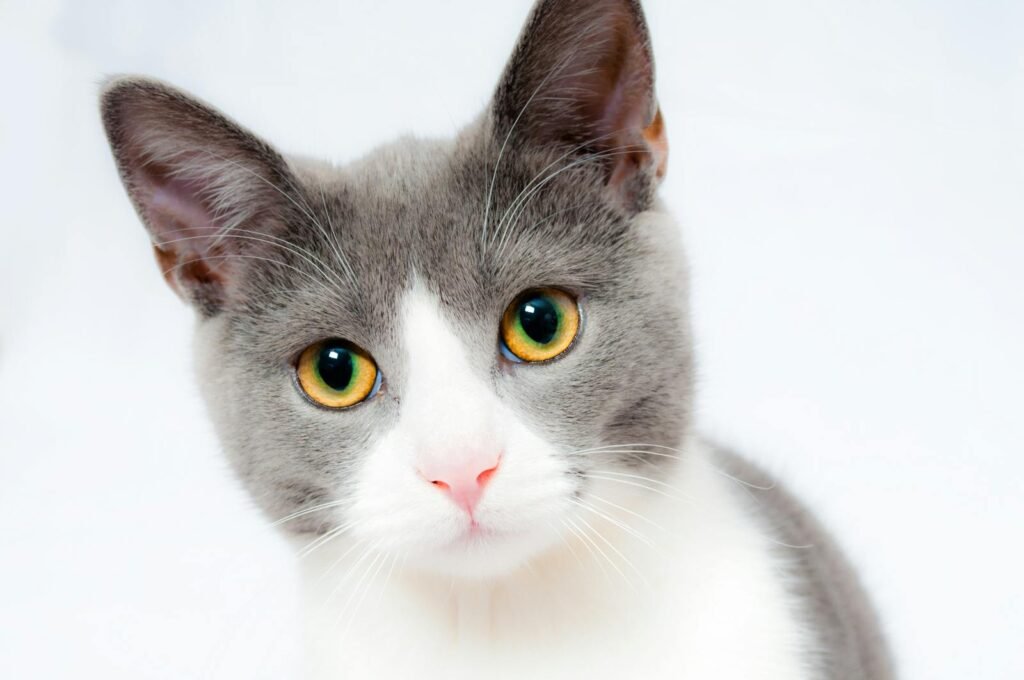
Chirping is a less common vocalization but one that is quite distinctive. It’s often directed at birds or insects, and it’s thought to be a sound of both excitement and frustration. Some cats might also use this noise to get their owner’s attention, especially if they are trying to point out something interesting or exciting.
Recognizing Yowling and Caterwauling
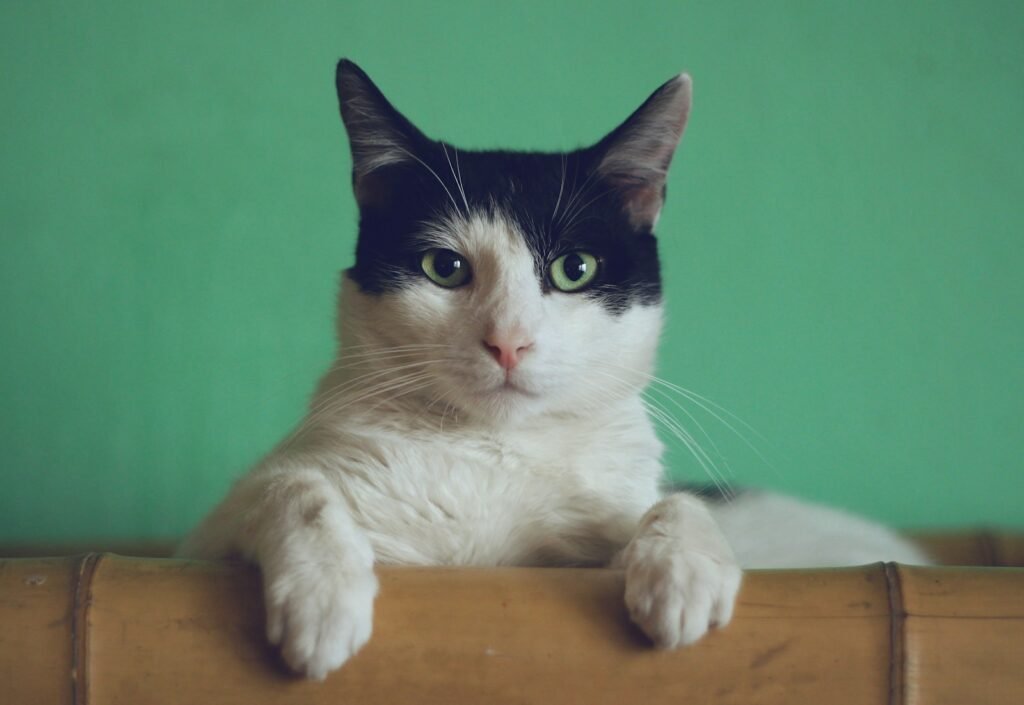
Yowling and caterwauling are typically long, drawn-out vocalizations that indicate a variety of emotions. Often, they are related to mating calls, territorial disputes, or profound loneliness. If your neutered or spayed cat yowls frequently, it may indicate discomfort or a desire for human interaction and should be investigated further.
Factors Influencing Cat Vocalizations

Several factors, including breed, personality, age, and environment, can influence a cat’s tendency to vocalize. Some breeds, like Siamese, are known for their talkativeness, while others may only speak up occasionally. Individual temperament also plays a role; some cats are naturally more vocal than others. Aging can bring about more frequent vocalizations, often as a result of cognitive changes.
Interpreting Your Cat’s Unique Vocabulary
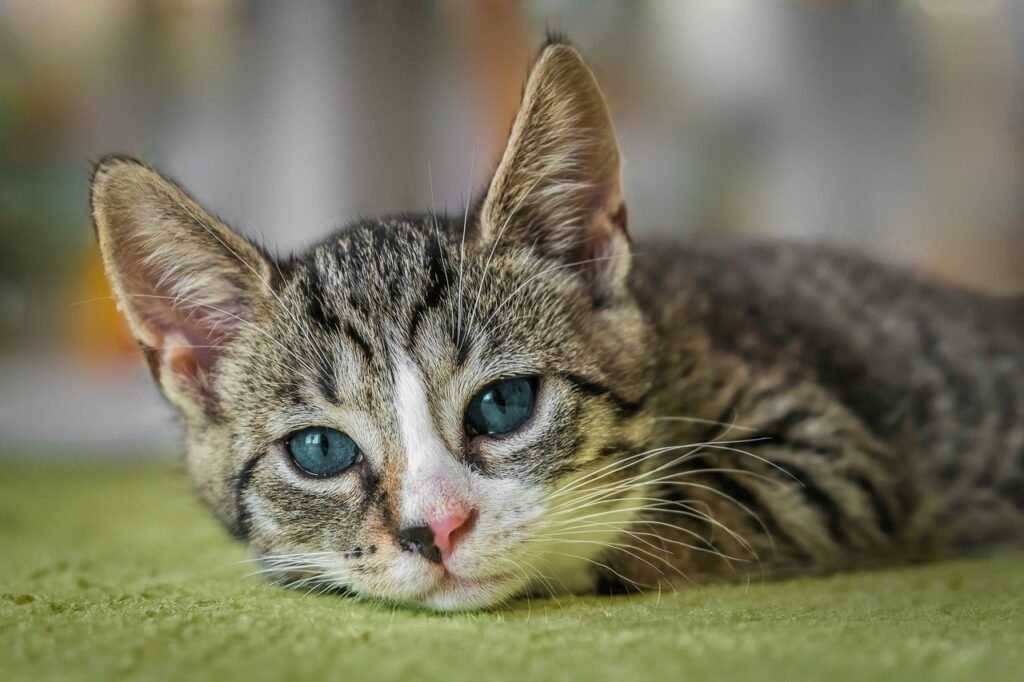
No two cats are exactly alike, and each will develop its own unique vocal vocabulary over time. Spend time observing and interacting with your cat to learn what their specific vocalizations mean. You might discover that your cat has developed certain sounds just for you—an impressive outcome of years of companionship and mutual understanding.
Using Vocalizations to Strengthen Your Bond

By recognizing and responding to your cat’s vocalizations, you can greatly enhance your relationship. Positive reinforcements, like petting or treats when your cat communicates effectively, can help strengthen this bond. Understanding these auditory clues will also enable you to care for your cat more effectively, ensuring their needs are met in a timely fashion.
Conclusion
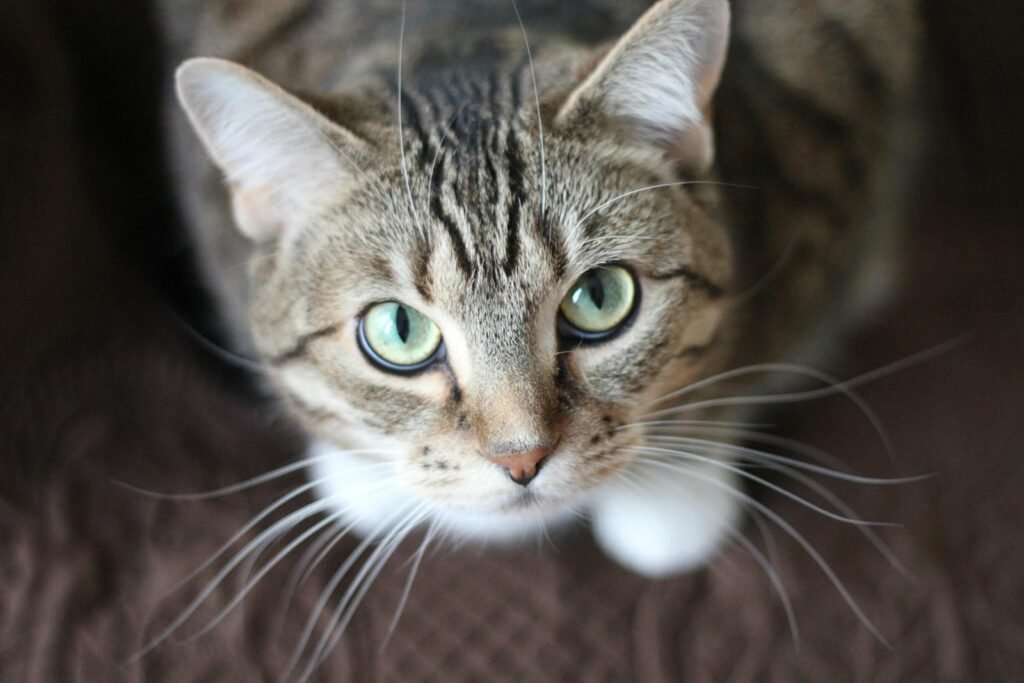
Recognizing and understanding the various vocalizations of your cat can transform your relationship from one of mere coexistence to a dynamic partnership. By attentively listening and responding to the different sounds your cat makes, you not only cater to their needs but also build a richer and more satisfying connection. So the next time your feline friend serenades you, take a moment to listen, respond, and deepen the unique bond that only a cat owner can understand.
Hi, I’m Bola, a passionate writer and creative strategist with a knack for crafting compelling content that educates, inspires, and connects. Over the years, I’ve honed my skills across various writing fields, including content creation, copywriting, online course development, and video scriptwriting.
When I’m not at my desk, you’ll find me exploring new ideas, reading books, or brainstorming creative ways to solve challenges. I believe that words have the power to transform, and I’m here to help you leverage that power for success.
Thanks for stopping by, Keep coming to this website to checkout new articles form me. You’d always love it!






